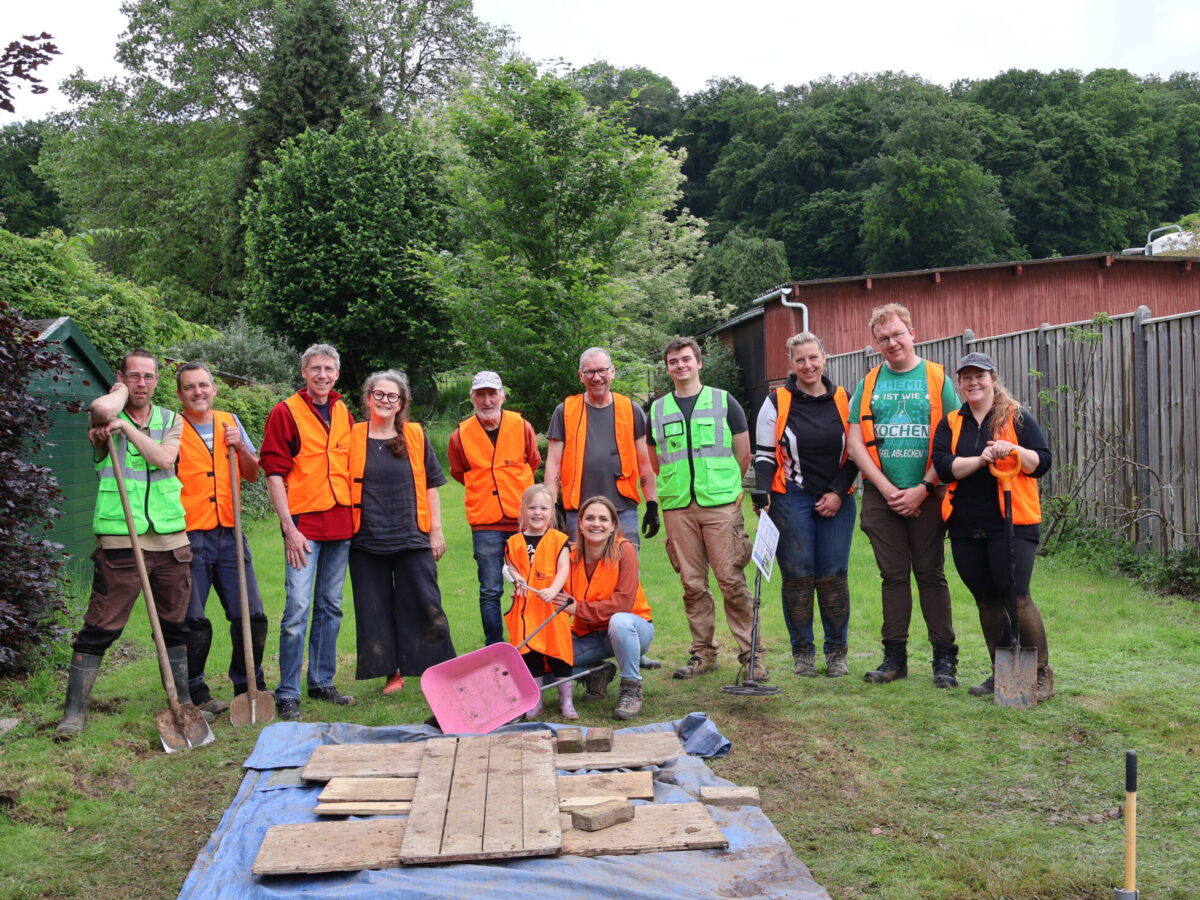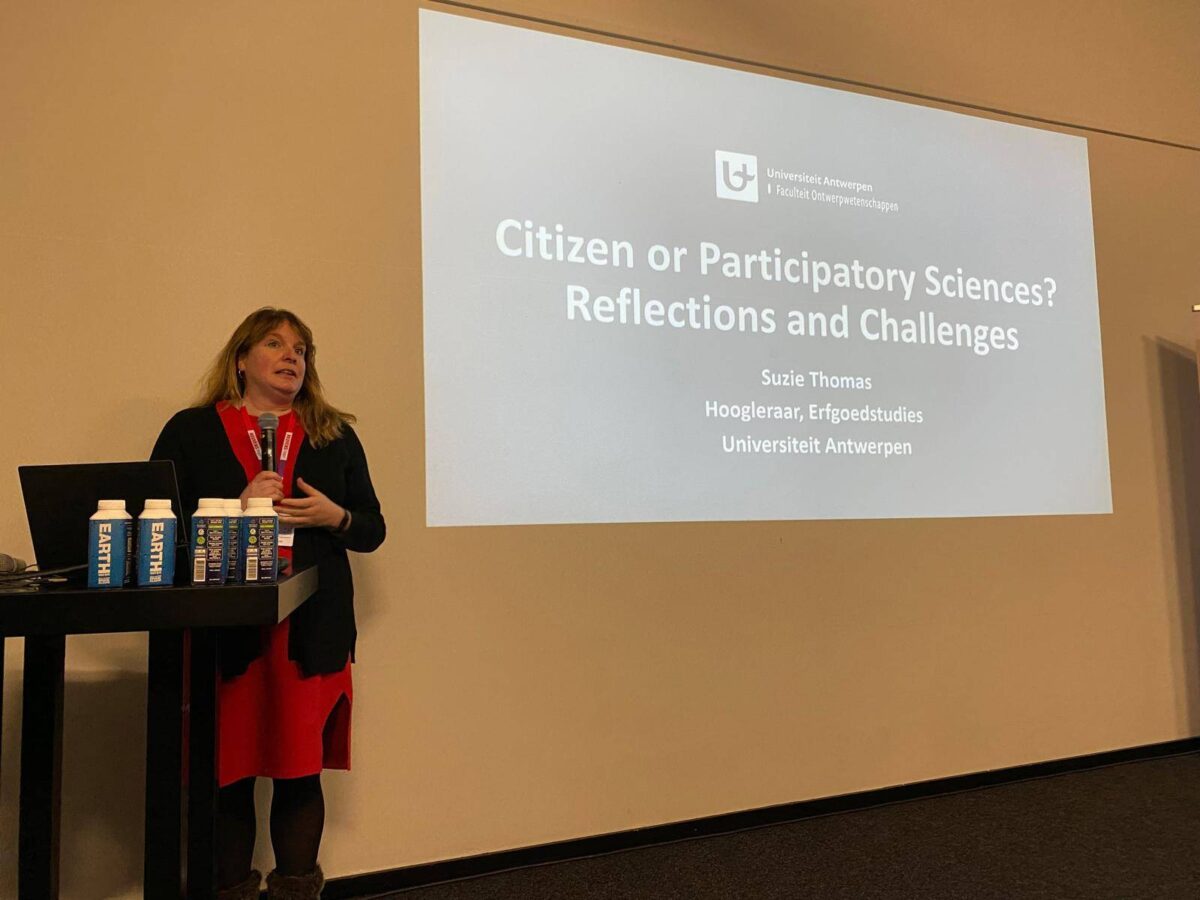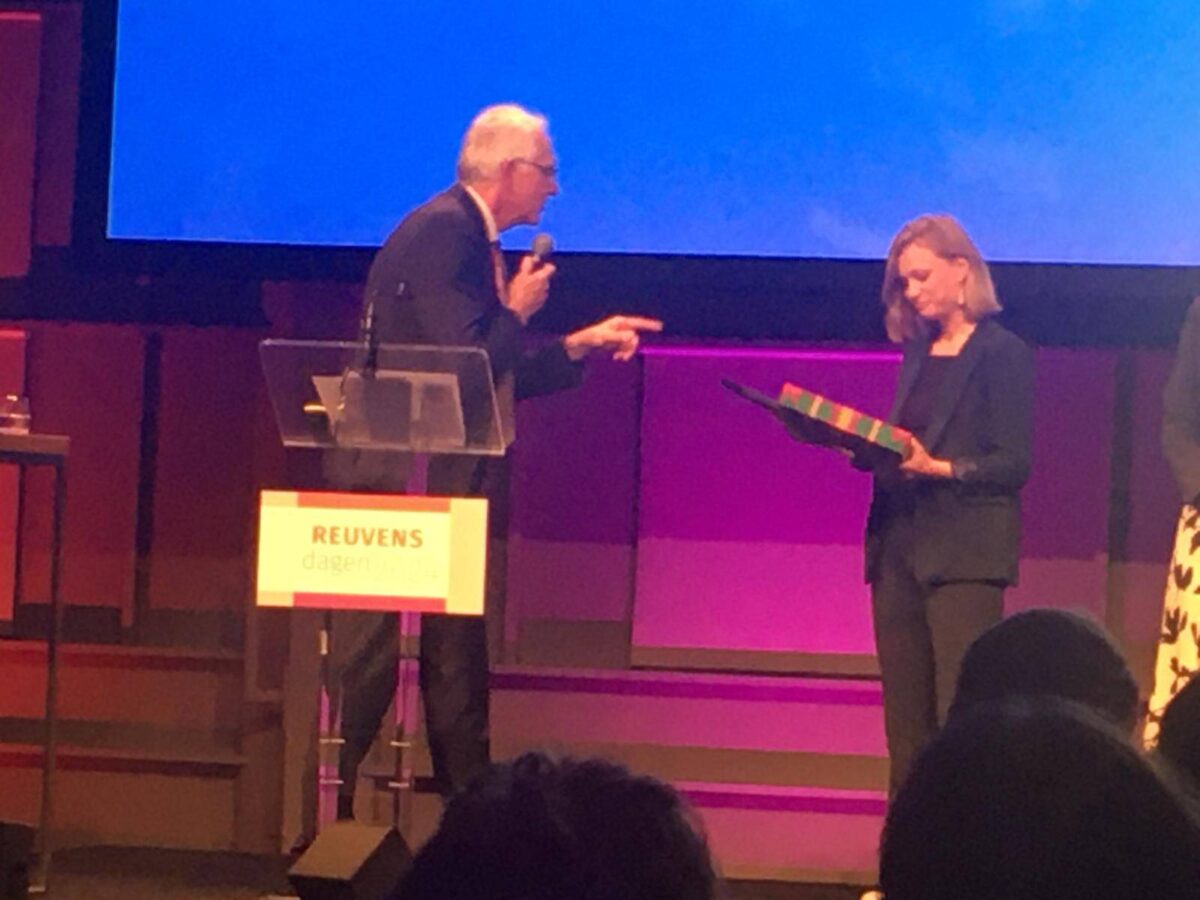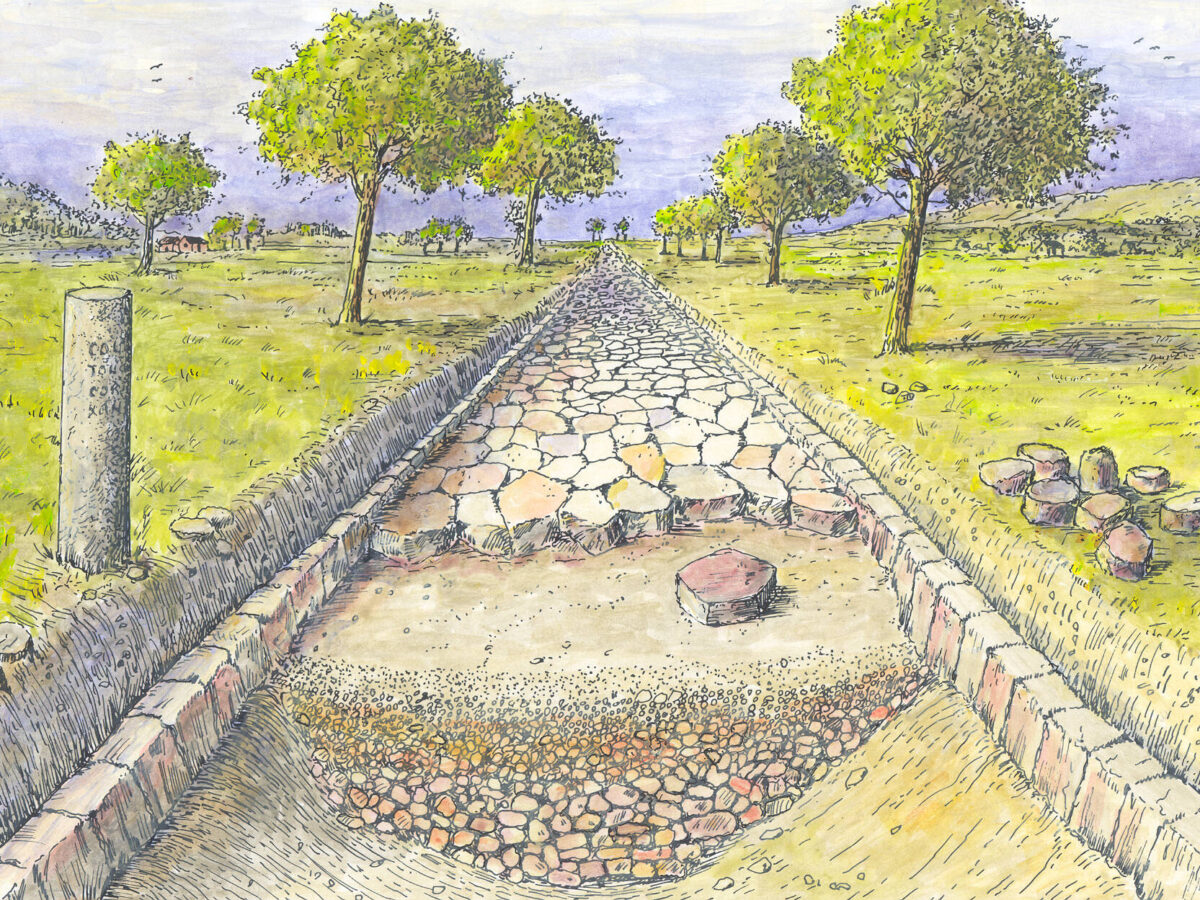Participation at the Reuvens Days
Author: Anja Neskens
Photography:

The Reuvens Days are the highlight of the year for archaeologists. From far and wide they gather to discover the latest developments, to inspire each other, and to network. This year, the border city of The Hague was the place to be. No fewer than 650 archaeologists took part in the conference.
The extensive programme appealed to many, but one theme stood out above all: participation.
More and more archaeologists want to actively engage with residents and explore their shared past together. The increased focus by governments on co-funding participation projects (and less on purely research-based ones) also plays a major role in this trend.
But how do you actually do it?
Participation is an easy word to use for policymakers and politicians — but successfully putting it into practice is quite another matter.


In a session with five speakers, chaired by Saskia Stevens (Constructing The Limes), participants explored the added value of citizen participation and citizen science in archaeological research.
None other than Professor Suzie Thomas from the University of Antwerp opened the session with a theoretical framework: What is participation? Why is it important? What are its effects? And what are its pitfalls?
Then came several inspiring case studies: Heel Heerlen Graaft! – Rimburg gräbt/graaft!, Everyone an Archaeologist, and From Auxilia to Legion.
It all began with the dream of regional archaeologist Hilde Vanneste (Parkstad): “I want to excavate the past of Coriovallum together with the people of Heerlen.”
One year after the project Heel Heerlen Graaft! she was invited to present her project — and its follow-up Rimburg gräbt/graaft! by Via Belgica — at the national level as an exemplary case. A well-deserved honour for Hilde, Constructing The Limes, NWO, all the partners, RAAP, all participants, and the whole of South Limburg.


Hilde Vanneste’s tips for a successful participation project:
- Ensure a sufficient budget that matches the project’s goals (e.g. Heel Heerlen Graaft! had a budget of €130,000 — a large-scale project).
- Work with enough partners to expand expertise, capacity, and public support. In this case: Municipality of Heerlen, Constructing The Limes (Utrecht University), NWO, and the Roman Museum.
- A project leader is essential — as an archaeologist, overall organisation and participant communication are not your main tasks.
- Create a solid programme of requirements (PVE) and work with certified support.
- Give participants enough time to register, get to know the project, and prepare themselves — and approach them personally.
- Offer participants genuine freedom — that’s what real participation means.
- Provide clear feedback on the results.
So what is the added value of participation in archaeology?
- Together with residents, you expand knowledge of the city’s history.
- Public support for heritage grows, strengthening identity development.
- Community spirit and social cohesion are enhanced.
Participants even coined a new term: “square-metre friendships” — perfectly capturing the sense of togetherness.
The archaeologists themselves were equally enthusiastic, experiencing firsthand the social value of their work.


Limburg truly made its mark on the national map — reinforced by the nomination of Bibi Beekman, curator at the Limburgs Museum, for the Archaeological Talent Award of the Dutch Cultural Heritage Agency (RCE).
Bibi has shown in a remarkable way how to connect historians and archaeologists in an engaging manner, deepening knowledge and fostering collaboration between museums, amateur groups, and historical associations. She stands out as a connector — shaping her role with a strong focus on community impact.
Limburg is doing great!

